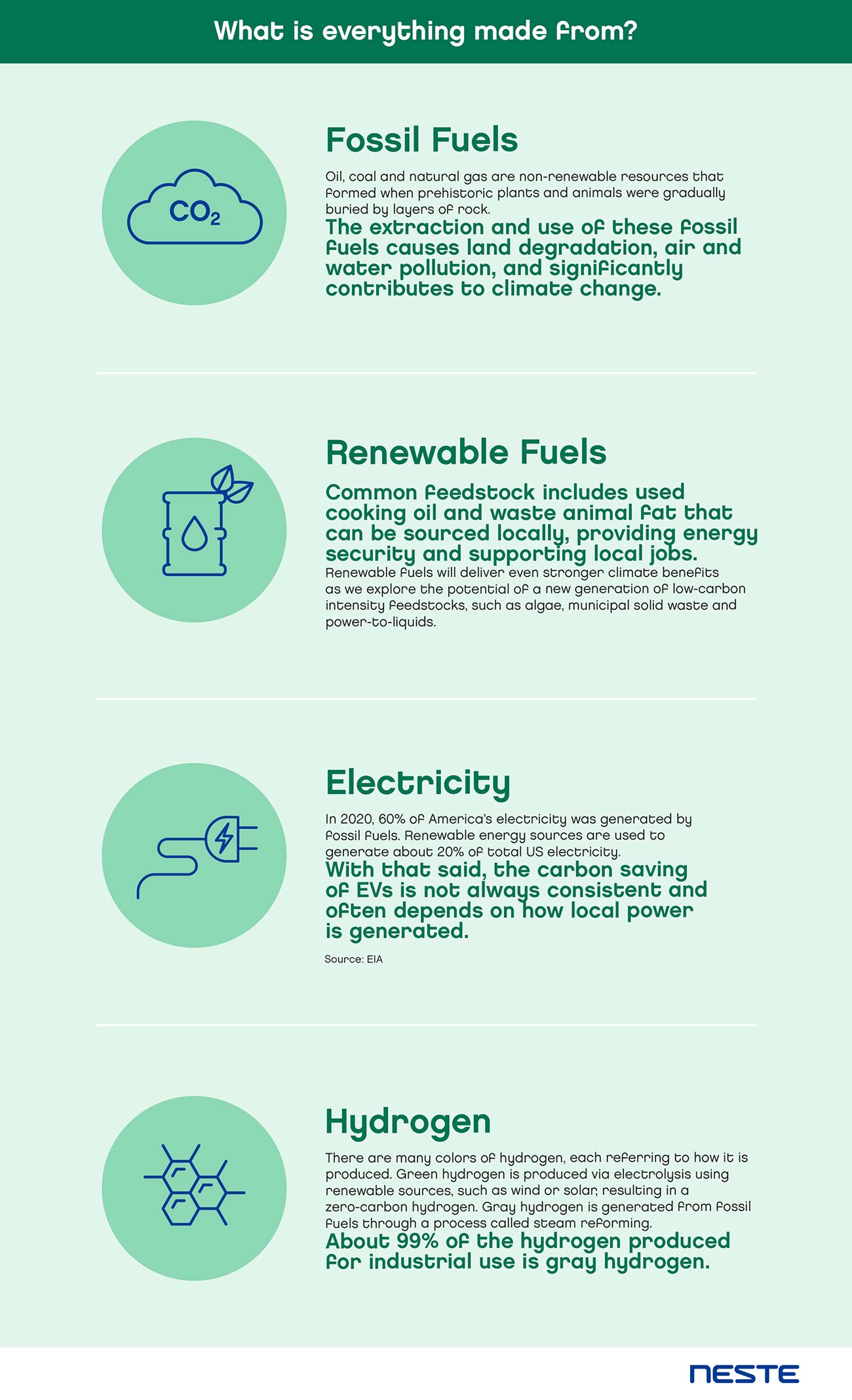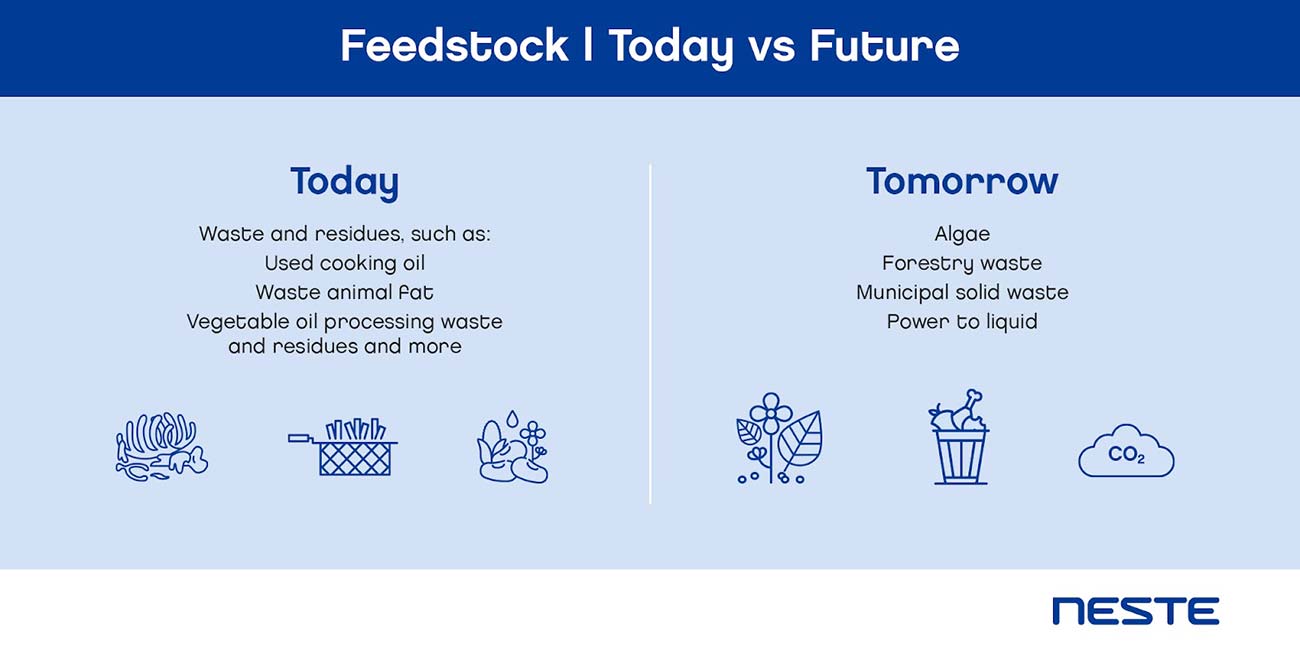How to effectively achieve sustainable mobility?
The importance of a life cycle analysis is reflected by one simple truth — the climate doesn't care where emissions come from. For companies setting climate goals, especially goals focused on transportation, this is a critically important point to remember.
Narrowly focusing on what comes out of a tailpipe will fully ignore the reality that emissions and pollution also happen elsewhere. That’s why businesses must use a life cycle analysis to define climate goals. The good news is much of the ground work in this space has already begun. Since passing their clean fuel standards, California and Oregon have reduced almost 70 million tons of CO2, the equivalent of removing carbon emissions from 21% of all vehicles in the US.
Assessing carbon emissions of a product’s life in all the stages - from raw material sourcing through production, use, and end of life processing - enables us to better understand the true impacts of any low carbon solutions and make informed decisions.


As renewables have come to the forefront of the nation’s energy transition in the past decade, we also saw an explosion of energy policy changes at both the state and national levels to support greater investment in, and adoption of, renewable and low carbon solutions. Many changes are still having a profound influence on renewable energy and have helped certain sectors accelerate their transition away from fossil fuels. Yet progress has been uneven in different states for different reasons. Technology and financial risks still hamper the expansion of renewable fuels into new markets. To phase out fossil fuels faster, better leverage renewable fuels’ potential, and take meaningful climate action today, we need policy support that does two things: put a price on carbon and be technology-neutral.
Put a price on carbon: America’s transportation sector has relied on fossil fuels for over 100 years. Though they appear inexpensive to end-users, fossil fuels harm society in many ways that are not reflected in the market price - contributing to climate change, causing global warming, polluting the atmosphere, soil and water, and shortening the lifespan of human beings. We need policies that put a price on carbon, so climate risks are incorporated into the cost of doing business. This will help the US effectively reduce GHG emissions, foster a shift to a clean energy economy and spur innovation in low-carbon technologies.
Be technology-neutral: We need all of the available solutions to fight against climate change. Policies that are technology-neutral target the real issue, which is GHG emissions emissions, and encourage the development of all technologies that can address this issue.
We hope more cleaner fuel programs will appear across the nation, and we hope to see support for these cleaner fuel programs from all sectors of the transportation industry - fighting against climate change and achieving sustainable mobility needs all parties and solutions to work together.
